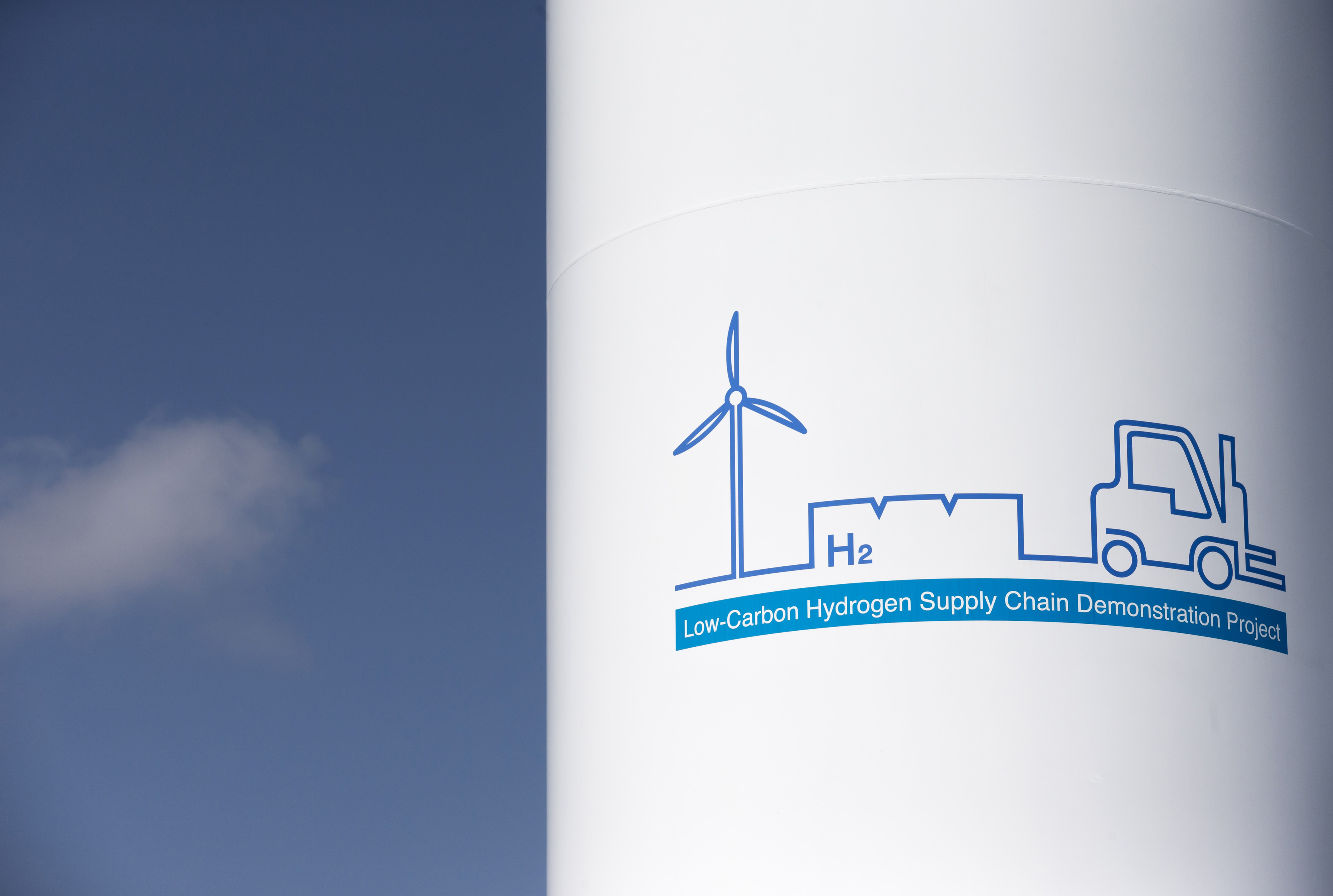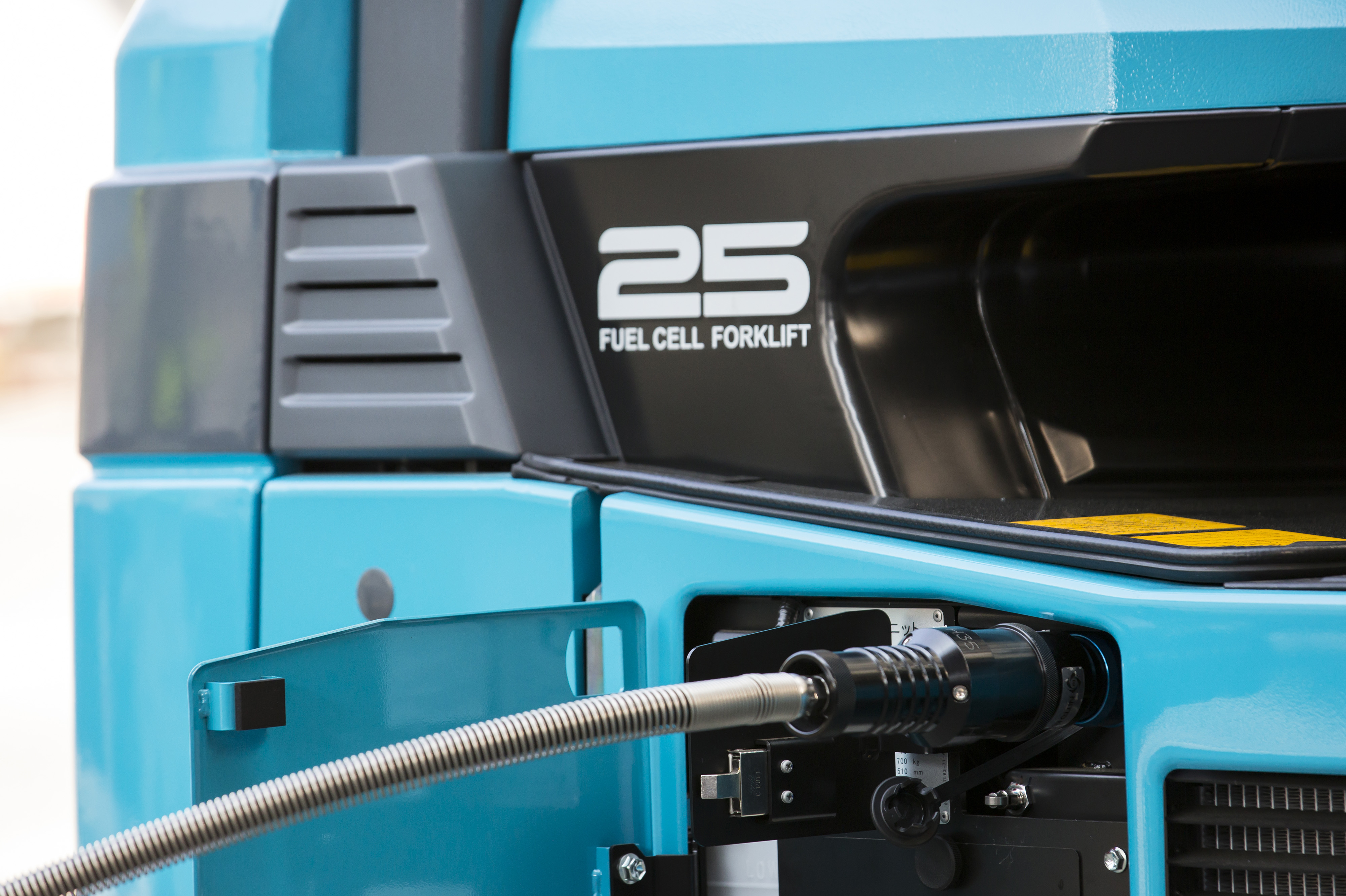
Politics & Society
If all else fails, do the conventional thing

The promise of a hydrogen economy has waxed and waned, but the falling cost of renewable energy could be the game changer that makes hydrogen fuel economic
Published 18 December 2018
Hydrogen is hot. Industry and government – local and foreign – are all talking about it, and some are even investing. Significantly.
The intense interest in hydrogen is primarily based on fundamental chemistry. The reaction of hydrogen with air releases energy without producing carbon dioxide or any other greenhouse gases.

So why aren’t we already using it to fully replace fossil fuels?
There are various challenges. We would have to create a new, hydrogen-specific infrastructure, delivering hydrogen from different sources via pipe networks and trucks to different points of use that’s of the same scale as the massive infrastructure that currently delivers fossil fuels. And hydrogen’s low density makes its bulk transportation relatively difficult.
However, the crucial hurdle is making the hydrogen clean and affordable.

Politics & Society
If all else fails, do the conventional thing
If made directly by ‘gasifying’ coal or ‘reforming’ natural gas, hydrogen is more affordable but not that clean. Indeed, carbon capture and storage (CCS) will be essential if hydrogen that’s produced from fossil-fuels is to be considered part of the decarbonisation challenge.
If hydrogen is made from nuclear or renewable electricity, typically by using electrical energy to split water into hydrogen and oxygen gas, it can be clean but isn’t always affordable.
So, whilst the Hydrogen Economy was first proposed about 50 years ago as one way of transitioning to a much cleaner energy system, such challenges have led many to quip that ‘hydrogen is the fuel of the future, and always will be’.
However, large-scale renewable electricity from wind and solar is now starting to reach prices that make renewable powered hydrogen production plausibly economic.

To study the economics of renewable hydrogen production, we have used a concept called the Levelised Cost of Hydrogen (LCOH). In the present case, the LCOH is the lowest price that someone must pay to justify investment in hydrogen produced from a large-scale wind or solar farm.
Our analysis finds that unsubsidised, state-of-the-art, renewable hydrogen would be 15 to 30 per cent more expensive than current gasoline or diesel fuel (at the bowser and minus taxes). But if we factor in current renewable energy subsidies, the LCOH falls to about parity with gasoline and diesel.
Importantly, if renewables continue their march towards lower and lower capital equipment costs, then renewable hydrogen could even be cheaper than current gasoline and diesel, again without subsidy. This could occur in the next 10 years or so.

Business & Economics
Paying the right price for energy efficient homes
That makes hydrogen very interesting indeed, since we would then have an unsubsidised, zero-emission fuel that can compete economically with the incumbent, fossil fuels.
Such results are broadly consistent with several recent and more in-depth studies, particularly those of our Chief Scientist, CSIRO, Acil Allen and the South Australian Government.
This isn’t to say that other technologies, particularly the electrification of transport, won’t have an important role to play. However, full electrification of all vehicles is very unlikely, particularly for heavy-duty road transport, sea and air vehicles, which suggests that we may need other options like hydrogen too.

The type of technology that renewably-sourced hydrogen would need is big and state-of-the-art, but not necessarily first-of-a-kind.
Big wind and solar plants produce cheaper renewable electricity than smaller wind and solar plants. Similarly, big electrolysers - the device that splits the water into hydrogen and oxygen - make cheaper hydrogen.
Pleasingly, large-scale renewable plants are already in the market and becoming more common. Some big electrolysers, including some as large as medium-sized power stations, have existed for decades. They are reliable and highly efficient.

Sciences & Technology
Giving driverless vehicles the human touch
Like the energy system more broadly, there are also many ways to skin the hydrogen cat.
We don’t have to always use pure hydrogen. For example, if the engineering and the economics work, hydrogen can be made into liquid fuels, such as dimethyl ether (DME), methanol, synthetic hydrocarbons and ammonia, all of which are more transportable.
Also, oil refineries are already big hydrogen consumers, and methanol is already produced at commodity scale and blended with gasoline in many markets globally.
So, provided that we can get the raw costs of clean hydrogen production down, the other barriers to realising the Hydrogen Economy may also be surmounted. And since the cost of hydrogen production via electrolysis is primarily dependent on the cost of renewable electricity, recent history suggests that the cost of renewable hydrogen will continue to trend strongly in the right direction.
In which case, this time hydrogen’s prospects may truly turn out differently.
Banner Image: Getty Images